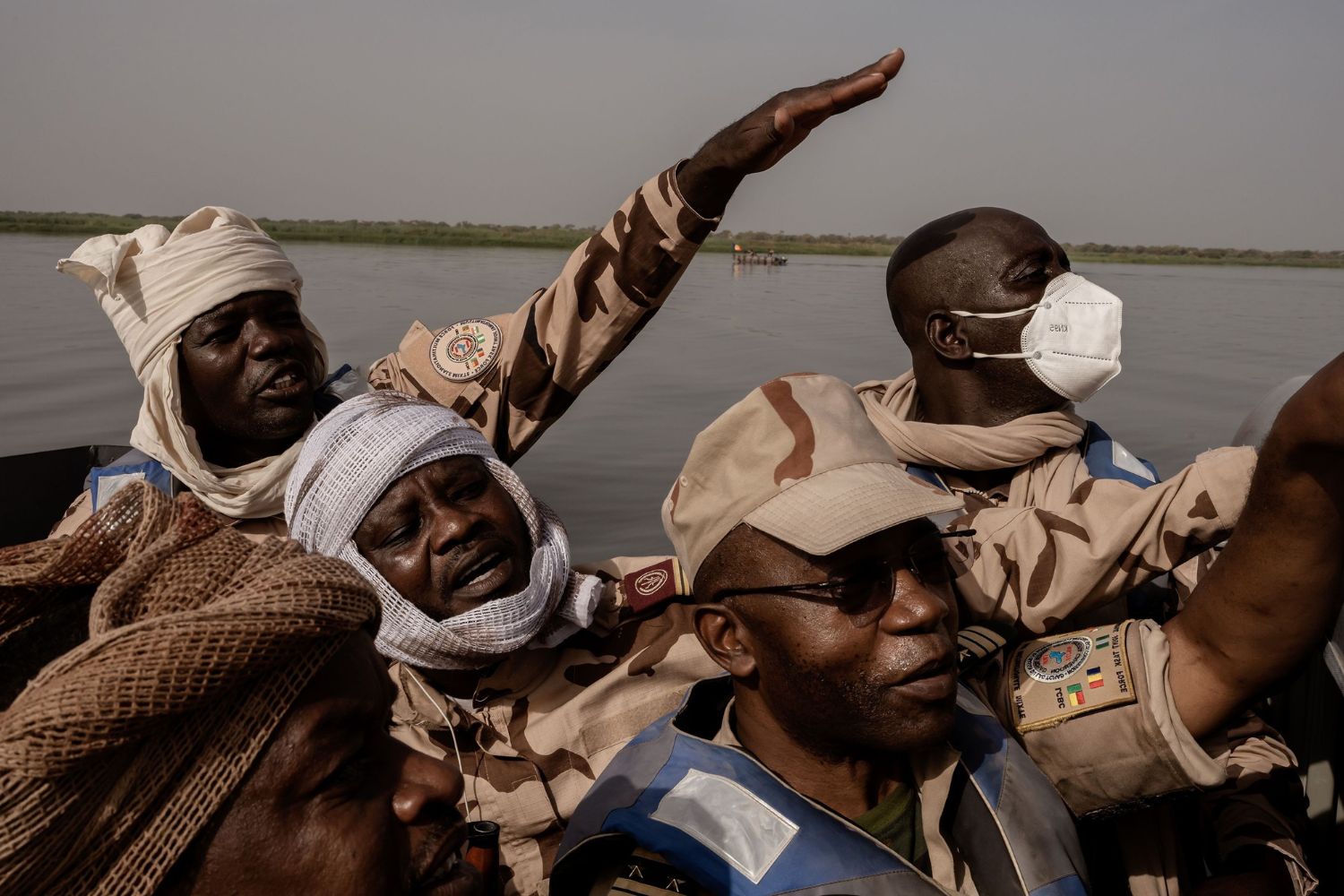
Insurgency in Northern Chad has been a complex issue for years. This region, rich in history and culture, faces ongoing conflict that affects countless lives. Why is Northern Chad so volatile? The answer lies in a mix of political instability, ethnic tensions, and economic struggles. Rebel groups, often driven by a desire for power or resources, clash with government forces, creating a cycle of violence. The harsh desert landscape adds another layer of difficulty, making it hard for both sides to gain a decisive advantage. Understanding these dynamics is crucial for grasping the broader implications of the conflict.
Key Takeaways:
- The insurgency in Northern Chad has a long history, dating back to the 1960s, with conflicts fueled by power struggles, ethnic tensions, and resource competition.
- The impact on civilians has been devastating, leading to displacement, loss of life, and limited access to basic necessities, while international involvement and recent developments continue to shape the situation.
Historical Background
Understanding the insurgency in Northern Chad requires a look at its historical roots. This region has faced numerous conflicts over the years, each contributing to the current situation.
- The conflict began in the 1960s when Chad gained independence from France. Various factions vied for power, leading to instability.
- In the 1980s, Libya's Muammar Gaddafi supported rebel groups in Northern Chad, escalating tensions.
- The Chadian-Libyan conflict ended in 1987, but the region remained volatile due to unresolved ethnic and political issues.
- The discovery of oil in Chad in the early 2000s intensified the struggle for control over resources.
- The Darfur conflict in neighboring Sudan spilled over into Chad, further complicating the insurgency.
Key Players
Several groups and individuals have played significant roles in the insurgency. Knowing who they are helps in understanding the dynamics of the conflict.
- The Chadian government, led by President Idriss Déby until his death in 2021, has been a central figure in the conflict.
- The Front for Change and Concord in Chad (FACT) is one of the main rebel groups fighting against the government.
- The Union of Forces for Democracy and Development (UFDD) is another prominent rebel group.
- The Justice and Equality Movement (JEM), a Sudanese rebel group, has also been involved in the conflict.
- Various ethnic groups, including the Toubou and Zaghawa, have been key players due to their historical grievances.
Impact on Civilians
The insurgency has had a devastating impact on the civilian population in Northern Chad. Here are some of the ways people have been affected.
- Thousands of civilians have been displaced, forced to flee their homes due to violence.
- Many have lost their lives in the crossfire between government forces and rebels.
- Access to basic necessities like food, water, and healthcare has been severely limited.
- Schools have been destroyed or closed, depriving children of education.
- Women and girls are particularly vulnerable, facing increased risks of violence and exploitation.
International Involvement
The insurgency in Northern Chad has drawn the attention of the international community. Various countries and organizations have become involved in different capacities.
- France has a military presence in Chad, providing support to the Chadian government.
- The United Nations has deployed peacekeeping missions to help stabilize the region.
- The African Union has also been involved, working towards conflict resolution.
- The United States has provided military aid to Chad, viewing it as a key ally in the fight against terrorism.
- Humanitarian organizations like the Red Cross and Médecins Sans Frontières are active in providing aid to affected civilians.
Recent Developments
The situation in Northern Chad continues to evolve. Here are some of the most recent developments in the insurgency.
- In April 2021, President Idriss Déby was killed in a clash with rebels, leading to a power vacuum.
- Déby's son, Mahamat Idriss Déby, took over as interim president, promising to hold elections.
- The FACT rebel group has continued its offensive, aiming to overthrow the government.
- Peace talks have been attempted but have so far failed to produce lasting solutions.
- The international community remains concerned about the potential for further destabilization in the region.
Economic Consequences
The ongoing conflict has had significant economic repercussions for Northern Chad and the country as a whole.
- The oil industry, a major source of revenue, has been disrupted by the insurgency.
- Agricultural activities have been hampered, leading to food shortages and increased prices.
- Infrastructure, including roads and bridges, has been damaged or destroyed, affecting trade and transportation.
- Foreign investment has declined due to the unstable security situation.
- The overall economic growth of Chad has been stunted, with resources diverted towards military spending instead of development.
Understanding the Conflict
The insurgency in northern Chad is a complex issue with deep historical roots and significant geopolitical implications. Knowing the key players, historical context, and current dynamics helps in grasping the full picture. This conflict affects not just Chad but also the broader Sahel region, influencing security, economics, and humanitarian conditions.
International involvement and local efforts are crucial in seeking a resolution. The human cost is immense, with countless lives disrupted. Awareness and informed discussions can drive meaningful action and support for those affected.
By staying informed and engaged, we contribute to a broader understanding and potential solutions. The situation remains fluid, but knowledge is a powerful tool in addressing such challenges.
Frequently Asked Questions
Was this page helpful?
Our commitment to delivering trustworthy and engaging content is at the heart of what we do. Each fact on our site is contributed by real users like you, bringing a wealth of diverse insights and information. To ensure the highest standards of accuracy and reliability, our dedicated editors meticulously review each submission. This process guarantees that the facts we share are not only fascinating but also credible. Trust in our commitment to quality and authenticity as you explore and learn with us.
